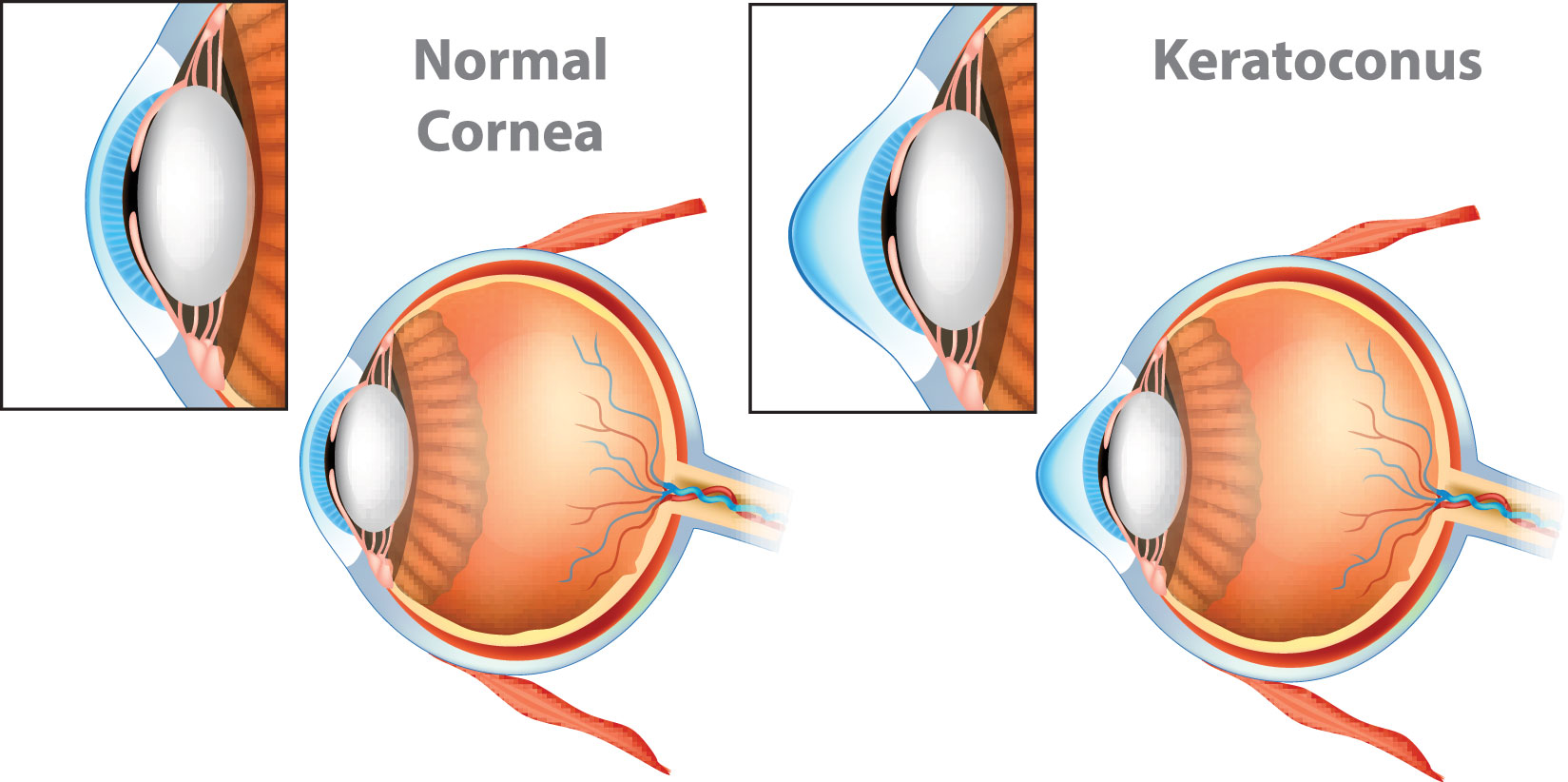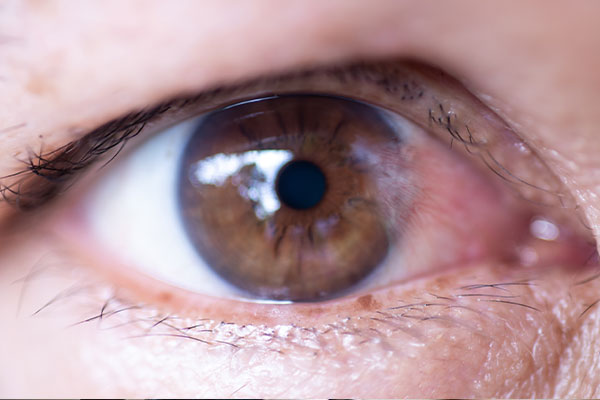Pterygium
A pterygium is a fleshy growth that develops on the conjunctiva, the transparent membrane covering the white part of the eye and the inner portion of the eyelids.
While often seen emerging from the corner of the eye nearest the nose, this growth can develop from either corner and is often associated with long-term exposure to UV light. Also known as surfer’s eye, a pterygium more commonly affects people who spend a lot of time in the sun or hot, dry, windy, and dusty conditions.
Pterygia can either remain small and limited or spread slowly and grow large enough to cover part of the cornea. They are often asymptomatic but can (especially if they are large) cause the following symptoms:
- Irritation and redness
- A feeling of something in your eye
- Decreased or distorted vision
- Affect corneal shape
Although it is a benign and non-cancerous growth, a pterygium can look very much like a conjunctival squamous cell carcinoma (SCC). For this reason, it’s essential to have any suspicious lesions assessed by a skilled ophthalmologist. You can rest assured that our office will provide you with an accurate diagnosis and the best options in care.
About management and care
Since many pterygia progress slowly and don’t present symptoms, they often get monitored with affected individuals advised to use sunglasses with good UV protection to help prevent and slow further progression. Our office may also recommend artificial tears or lubricating eyedrops to relieve ocular surface irritation.
However, when conservative treatment does not fully address ocular surface irritation, vision, and corneal issues, or an individual’s cosmetic concerns, our office will discuss the next steps in care and an appropriate surgical procedure to excise the growth.
Keratoconus
Keratoconus is an eye condition in which the shape of the cornea becomes distorted. The cornea is a clear structure that covers the front of the eye and does 85% of the focusing of the light as it passes through the eye. In a healthy eye, the cornea curves like a dome. In an eye with keratoconus, the center of the cornea slowly thins and bulges so that it sags and has a cone shape distorting vision.
What causes keratoconus?
The cause of keratoconus is unknown but does follow some genetic lines.
What are the symptoms of keratoconus?
Keratoconus tends to affect people in their early teens with symptoms of blurring vision and rapidly changing prescriptions. Often, eyeglass can not correct vision fully and specially designed medical contact lenses are needed to restore useful vision.
Symptoms include:
- Difficulty driving at night
- Halo's and ghosting, especially at night
- Eye strain
- Headaches and general eye pain
- Eye irritation and excessive rubbing of the eye
How is keratoconus diagnosed?
Keratoconus can usually be diagnosed with a slit-lamp examination as well as corneal topography which precisely measures the curvature of the cornea. Your optometrist will look for signs such as corneal thinning, stress lines, and scarring at the apex of the corneal cone. Keratoconus, especially in the early stages, can be difficult to diagnose and its symptoms could be associated with other eye problems. Simply recognizing symptoms does not by itself diagnose the condition. Only a complete eye examination by a qualified expert can diagnose the condition in its earliest stages when it is easiest to treat and correct.
What is the treatment for keratoconus?
The primary treatment options for keratoconus are contact lenses and surgery. In the very early stages of keratoconus, vision problems can be corrected with prescription glasses or contact lenses. As keratoconus progresses, special gas permeable contact lenses may be necessary. Advanced keratoconus may require surgery. There are new treatments for this condition being introduced all the time and by speaking with an expert you are sure to get the best care.


